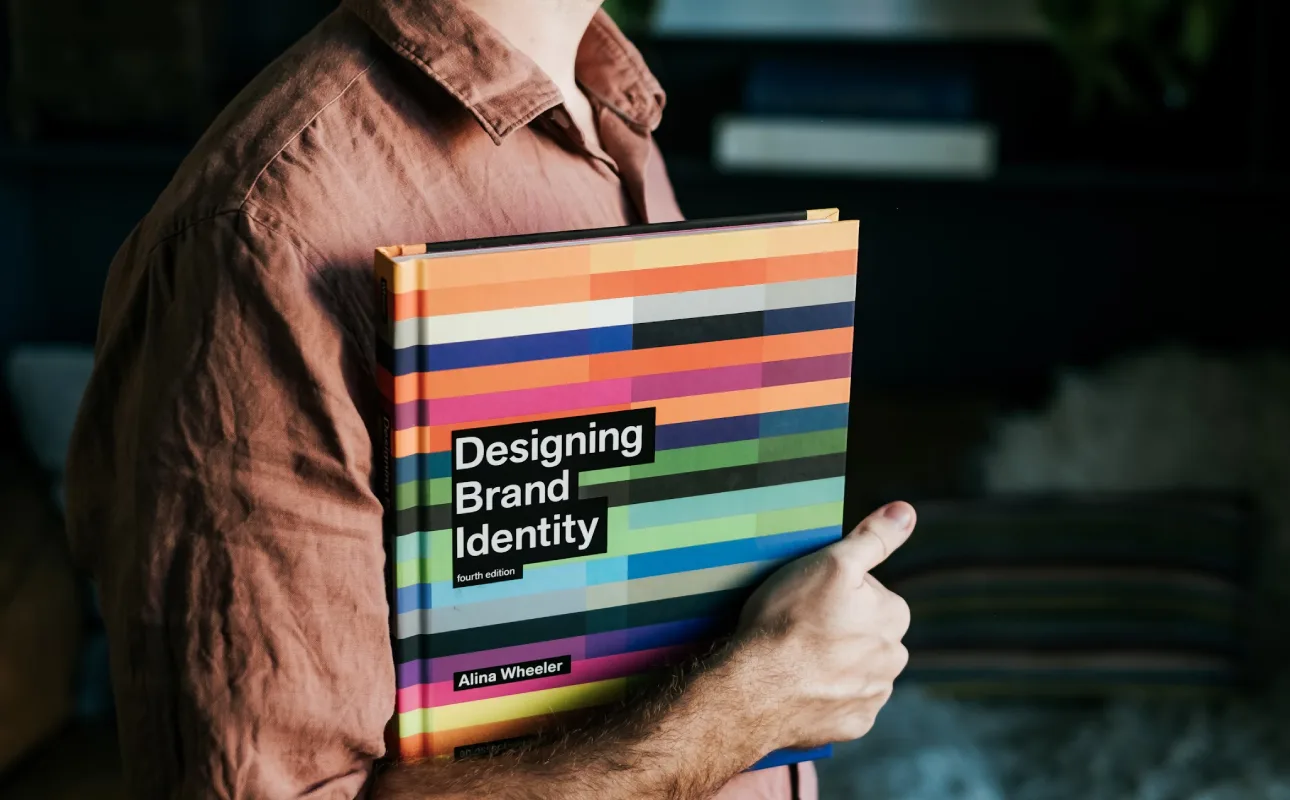Introduction: Why Colours Matter More Than You Think
Think color doesn’t matter? Think again. From trust-building blues to action-driving oranges, color shapes how your audience feels—and what they do next. This guide unpacks the psychology behind color choices that fuel brand success.
“Colour accounts for 85% of the reason a person decides to buy a product.”
— Source: KISSmetrics
The Psychology of Common Colours in Design
Let’s break down what different colours commonly evoke in the viewer’s mind and how brands typically use them:
| Color | Psychological Effect | Common Industry Use |
|---|---|---|
| Red | Passion, urgency, excitement | Food, Sales, Retail |
| Blue | Trust, calm, reliability | Finance, Healthcare, Tech |
| Yellow | Optimism, energy, attention | Retail, Travel |
| Green | Growth, balance, health | Eco-brands, Wellness |
| Purple | Luxury, creativity, spirituality | Beauty, Premium products |
| Orange | Confidence, enthusiasm, friendliness | Tech, Call-to-action |
| Black | Power, sophistication, elegance | Luxury, Fashion |
| White | Simplicity, clarity, cleanliness | Healthcare, Minimalist brands |
“Colours speak louder than words. They build perception before a word is even read.”
Why Colour Psychology is Vital in Branding
Your brand colors are the first visual element people notice — and they shape the overall emotional response to your business. A study by the University of Loyola found that colour increases brand recognition by up to 80%.
Examples:
- Facebook and LinkedIn use blue to convey trust.
- McDonald’s uses red and yellow to trigger appetite and speed.
- DzynBuzz uses orange (#f48935) to spark energy and innovation.
Tip: When selecting brand colours, align them with your brand personality, target audience, and emotional goals.
Colour in UX & Website Design
When it comes to user interface (UI) and user experience (UX), colors play an essential role in:
- Navigational flow
- Highlighting CTAs (Call to Actions)
- Creating contrast and readability
- Reducing bounce rate
Best Practices:
- Use contrast for CTAs: e.g., orange on dark backgrounds
- Keep background colours subtle for better readability
- Use accent colours sparingly to draw focus
- Maintain colour consistency across all pages
“A well-designed colour palette improves readability by up to 40% and user decision-making by up to 70%.”
Colour & Cultural Context
Global branding requires sensitivity to cultural differences in colour meanings. For example:
- White represents purity in the West but mourning in some Eastern cultures.
- Red can mean danger in the U.S. but celebration in China.
For businesses targeting global markets, like DzynBuzz clients, this consideration is crucial in design localization and campaign success.
Trends in Colour Psychology for 2025
As we move toward a more AI-driven, sustainability-aware world, emerging colour trends reflect deeper values:
- Tech Minimalism: Black, electric blue, and digital lavender
- Eco Branding: Muted greens, terracotta, off-whites
- Futuristic Contrast: High-saturation neons paired with deep blacks
Brands that understand and adopt colour shifts early stand out more easily in digital clutter.
Need Help Crafting a Visual Identity That Converts?
At DzynBuzz, we decode the science of colour and apply it to craft high-converting branding, websites, and social media creatives tailored to your audience.
Contact DzynBuzz for Visual Branding Services >>
Final Thoughts
Colour psychology is not about personal taste — it’s about strategic design rooted in human behaviour. Whether you’re launching a startup, redesigning your website, or crafting your next ad, understanding colour’s emotional and cognitive impact gives you a clear advantage.
“Decode. Design. Dominate.” — It all begins with the right colour strategy.













